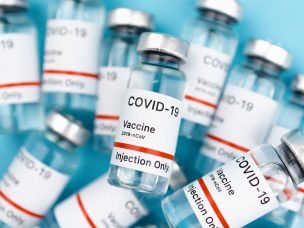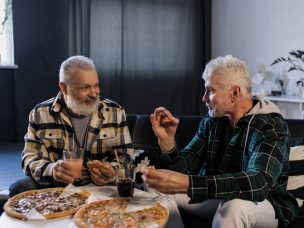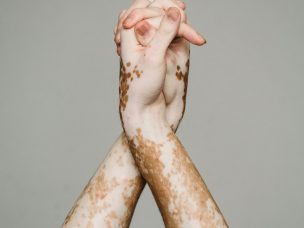April 14, 2023
The Psychosocial Burden of Alopecia Areata
Alopecia produces distinct physical symptoms, but also has a complex psychosocial effect on patients, which this study describes in detail. Alopecia areata (AA) is an autoimmune disease that affects about 2% of the population and can cause inflammation in any hair-bearing area, although most commonly in the scalp. Beyond the physical effects of the disease,...
COVID-19 Vaccine Safety for Patients with NMOSD
COVID-19 vaccination has been recommended as a priority for patients with NMOSD due to their high-risk status. This study investigates the safety profile of these vaccines for patients with NMOSD and other CNS demyelinating disorders, who were not included in previous trials. Although vaccination against COVID-19 is recommended for patients with neuromyelitis optica spectrum disorder...
Understanding Disease Severity and Disability Outcomes in Patients With NMOSD
Patients with NMOSD can exhibit different relapse symptoms but there is no consistent standard for measuring relapse severity, leading to inconsistent treatment. Among patients with NMOSD, many can experience relapse symptoms of varying severity and frequency. Additionally, stable patients can experience differing levels of disability and visual acuity. These can vary depending on many factors,...
Patient Care Disparities Among Rural and Urban Prostate Cancer Survivors
Rural–urban disparities in prostate cancer outcomes are relatively clear. This study describes patient care experiences among rural and urban patients, as well as how they impact outcomes. Patients who live in rural areas tend, on average, to have poor access to healthcare. As a result, they tend to exhibit worse outcomes, and to have lower...
The Efficacy of the Dyson Air Purifier for Asthma Control
While the Dyson high-efficiency particulate air purifier significantly improved air quality, the device did not yield any significant outcomes in lung function measures, asthma control, or quality of life, in this study. Emerging evidence supports the association between air pollution and poor asthma outcomes. While the efficacy of high-efficiency particulate air purifiers and related devices...
Depression Rates Are High in Patients With Vitiligo
People living with vitiligo experience high rates of depression. These rates are higher in Asians and females. People living with vitiligo have visible changes in their skin pigmentation. A study published in the Journal of the European Academy of Dermatology & Venereology aimed to provide a pooled estimate of the rates and odds of depression...
People With Vitiligo Are Less Likely to Get Skin Cancer
Despite the lack of pigmentation, people with vitiligo are at less risk for getting skin cancer, possibly due to increased rates of DNA repair, according to this study. A 2023 study published in the Journal of Investigative Dermatology found that skin mutations were more common in the sun-exposed areas of skin with vitiligo (lesional) than...
Minorities Are More Likely to Have Undiagnosed Cases of Vitiligo
The results of a 2020 study found racial disparities in rates clinician-diagnosed vitiligo. A 2020 study published in JAMA Dermatology indicates that Non-Whites, Latinx, and Hispanic patients in the United States (US) are more likely to live with undiagnosed vitiligo. This affects overall prevalence estimates for the US population. A Vitiligo Study Was Conducted Using...







